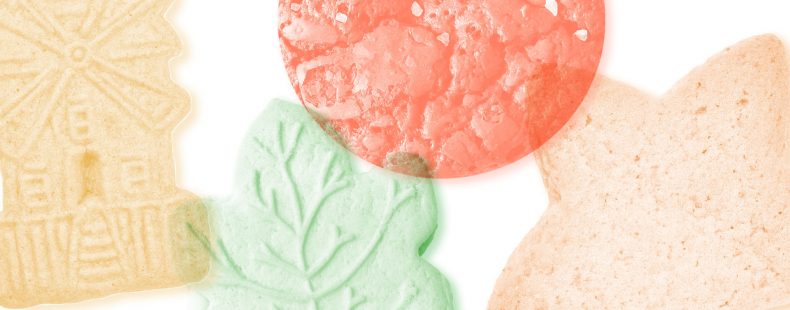A cookie a day ...
Of all the simple joys in life, cookies are in a category of their own. They can be a snack, a dessert, or just an anytime pick-me-up. For many people, the holidays wouldn’t be, well, the holidays, without a tin of seasonally appropriate cookies to enjoy. The word as we know it comes from the Dutch koekje, which essentially means a “small cake.” These small cakes come in all sorts of flavors, shapes, and sizes, and many of the most loved styles today have a long history as an affordable luxury given to guests or eaten as a sweet treat.
Whether you like your cookies spiced or sweet, hard or soft, these are the styles that every cookie fan should have on their radar.















